
Before all eyes turn towards the 2018 Climbing World Championships in Innsbruck next year, Ben Lepesant spoke to Udo Neumann und Kilian Fischhuber about some interesting aspects of the 2017 season...
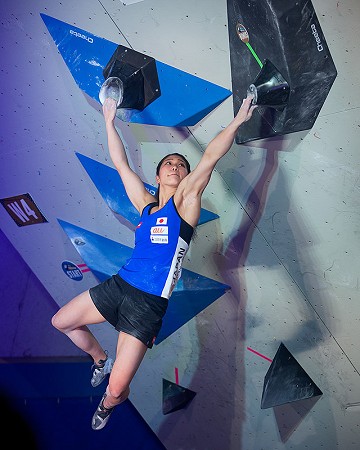
The season's over, and one overriding impression remains: the Japanese dominated. More than before. The proof is in the numbers: on average, 7.3 Japanese men were among the first 20 at the Bouldering World Cups. For the 2014-2016 seasons, the average is 3.5. Looking at top 5 results, their average rose from 1.0 (2014-2016) to a staggering 2.6 (2017)
Udo Neumann, author of several instructional books and films about climbing, and the German Bouldering Team coach from 2009 until May 2017, says that the foundations for the Japanese success were laid a long time ago: "It began with Yuji Hirayama. His influence on Japanese sport climbing must not be underestimated. He leads their Olympic climbing program. Akiyo Noguchi has had enormous influence over the last ten years as well, she is the centre of the Japanese team."
While many climbers have been branching out into different disciplines, the best boulderers remained among themselves. Lead specialists like Domen Skofic or Marcello Bombardi never made it into semi-finals. It's only at 10th place in the Bouldering World Cup that you find a climber who has a history of excellent lead performances (Jakob Schubert). According to Udo Neumann, there is a simple reason for this: "Holds, onto which you can barely transfer strength, have only been around for two or three years. Many Japanese 'think' their movement from their hips, which is a great advantage on these holds. Everyone who grew up with the paradigm 'fingers onto the hold, tighten, pull', has a big disadvantage, when that is not possible, compared to the younger climbers who are used to movement beginning at the centre of mass and thus initiate their movement with their hips. This trend has become even stronger this year."
Neumann mentions Jakob Schubert as an example of this. "He is a typical rock climber. He can still deal with a lot of what's required. His technique is fantastic, but once you remove the possibility of strength transfer via contact, he often becomes pretty hopeless. He compensates a lot with experience and because he is a tough competitor but when it comes to the Olympics, it will be a race against the clock. It remains to be seen if he can update his old paradigm."
Seeing Tomoa back on the podium of the Bouldering World Cup after an excellent season last year (World Cup winner and World Champion) is not self-evident in Neumann's opinion. "You owe your success to your youthful exuberance, but you don't understand this in real time. You then want to hold onto success and wish for more control. This wish is what holds you back. In 2016, this was Chon Jongwon's problem." Asked what singles out Tomoa Narasaki, Neumann answers: "Tomoa visualises like no one else. He 'reverse engineers' climbing moves. He asks himself: 'What position do I need to be in?' And then he thinks backwards, so to speak, 'what do I have to do to get into said position?' That informs how he sets up the move. He thinks move by move from the top to the start."
To illustrate the Japanese approach, Neumann recounts the following story: "When we opened the Stuntwerk bouldering gym in 2014, we were state of the art in the world of climbing gyms. The owner of the B-Pump climbing wall chain in Tokyo came to visit us. He spent all of his vacation that year in the Stuntwerk gym. He brought us presents and was very deferential. That was in 2014, we were the greatest and he was on educational leave. When we opened the gym in the morning, he was there, when we closed at night, he was still there. After that, he knew everything about our gym. This year we visited his gym, and thought: Wow. The boulders by Tskukuru Hori are incredible. His influence on the Japanese team should not be underestimated. The Japanese have lots of clever ideas, a great eye for detail, and they follow the idea of Kaizen ('change for better').
Aleksey Rubtsov was the only "old man" (born in 1986, world champion in 2009) to keep up with Narasaki and Chon (born in 1996). After his first successful seasons, he lost touch with the best and stopped competing for all of 2013. Since then, he has successfully reinvented himself. Neumann considers his body control to be his (almost) unique characteristic: "He has extreme body control. He caught up via evening classes, so to speak. He was brought up differently, but he has a great ability to analyse the situation and draw the right conclusions. The Russians have a very good basic education in terms of physical ability and coordination. It's too late for him to acquire the intuition that the younger guys have. He keeps up with them with his raw body control. As an old climber, you can learn the most from him."
Aleksey Rubtsov says that he analysed other sports and learned a lot for his own bouldering in this manner. By looking at who couldn't keep up this season, we can see how difficult it has become to stay at the top of the game: Rustam Gelmanov and Sean McColl, both ahead of their time some years ago, but both had a very weak season this year.
Once the bouldering season was over, Chon and Narasaki moved onto the Lead World Cups, where the evolution always lags behind a little bit. Romain Desgranges (born in 1982, European Champion 2013 and 2017) won the World Cup ahead of Stefano Ghisolfi. Narasaki raised some eyebrows by finishing second at the Xiamen World Cup in October. Chon finished fourth. Neumann sees great potential in Chon Jongwon for lead climbing: "If he takes it seriously, no one can beat him. He has the strength-to-weight ratio and the finger strength of Gelmanov, the same ability to move as the others from the new generation, and a unique climbing flow. I think that even Adam [Ondra] would have trouble keeping up with him, due to his poorer strength-to-weight ratio. As I said, Tomoa can visualise really well, and this surely helps him in lead too. His style is riskier though." Retired Austrian boulderer Kilian Fischhuber - a 21-time World Cup winner - has a similar view: "Tomoa reminds me of a more extreme version of Tomas Mrazek. Mrazek also had a slightly rushed style, sometimes he'd slip and finish 25th, only to win next time because he had - in a positive sense - no respect." Both agree that Yoshiyuki Ogata, Lead and Bouldering World Champion in the Juniors category and winner of the World Games, could catch up with the best in both disciplines next year.

The boulderers didn't always manage to keep up with the best in Lead. With enough screw-on crimps, any number of volumes changes nothing, as was evident at the European Championships in Campitello. The 35-year-old Romain Desgranges took gold, Adam Ondra and Jakob Schubert completed the podium. In Fischhuber's mind, the routesetting in Lead needs to change sooner rather than later: " The routesetting has great interest in changing style. However, it is very challenging to set open, risky moves because there is always a major chance that everyone falls on the same move." Neumann agrees that things will change in Lead. "The Youth World Championships in Innsbruck was the greatest climbing competition of all times. So much was invested into the holds, it was a showcase of the future. You could clearly see the direction that the sport is taking. You had to muster your courage in Lead too. Jakob Schubert is one of the very few "old" Lead climbers who knows how to do that. It's not necessary yet, but I think that will change."
Looking at the Women's Lead World Cup results, one could think that Anak Verhoeven, Kim Jain and Janja Garnbret were operating at approximately the same level. Udo Neumann disagrees: "Janja is the phenom at the moment. She has no presuppositions and is open-minded in all degrees of freedom. The only person that can beat Janja is Janja herself. When it isn't going according to plan, she sometimes can't climb anymore. That happens to virtually all young climbers. When she's relaxed, she climbs in a different world. The climbing she showed in Chongqing this year was unbelievable. Behind Janja Garnbret, Kim Jain and Anak Verhoeven were there when an opportunity presented itself. Verhoeven took the Lead titles at both the World Games and the European Championships. "Jain has amazing body control and - it must be said even though it is a cliché - the Asian eye for detail plays a big role too. Everyone said that she would have problems with the 6-minute rule. And she still looks slow, but she is not. Her mindset makes your blood run cold. She optimises even the smallest details. Anak is a machine. She knows very well how to bring rhythm to her climbing, what she needs to do, and how long she needs to rest. But once something unexpected happens, she is not very flexible. She'll need to just punch through in Lead climbing in the future."
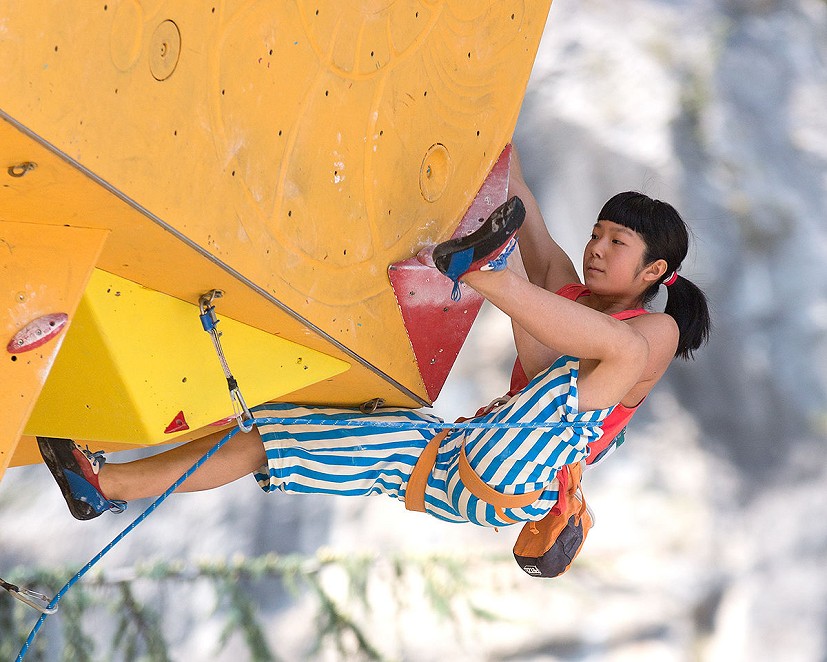
Further down the World Cup ranking, Neumann sees no one who could challenge Garnbret's position in the near future: "I remember seeing several women for the first time. They are full of energy and willing to give their all, much like Jule Wurm. Looking at their potential, everything is possible. It's obviously difficult to say from outside, but often not a lot of things improved in their climbing afterwards. When they climb in finals, I see fear. They climb as if they carry a huge responsibility on their shoulders. This is of course just my personal opinion. The athletes perceive their environment as intimidating. There, it's always the athlete's fault when the performance isn't as expected. But if the athlete can't show their skills, the coaching must be analysed as well."
The 2017 World Cup in Arco will be remembered as the first time that Ashima Shiraishi competed in a World Cup. Many observers and fans expected great things from her, which she couldn't quite deliver. "Ashima has been deprived of her mystique this season. You'd say she 'is the future of climbing'. But in fact, the modern style of routesetting doesn't suit her", says Neumann. Fischhuber agrees: "Her progress curve was steep initially, but recently it has flattened out." What makes it harder for her, says Fischhuber, is that she is not part of a strong training group like, for example, the young Japanese climbers around National Bouldering Champion Futaba Ito (15), who will compete in World Cups next year. Neumann generally criticises that many young climbers "train too much too early", which in his opinion "makes it harder to progress later on."
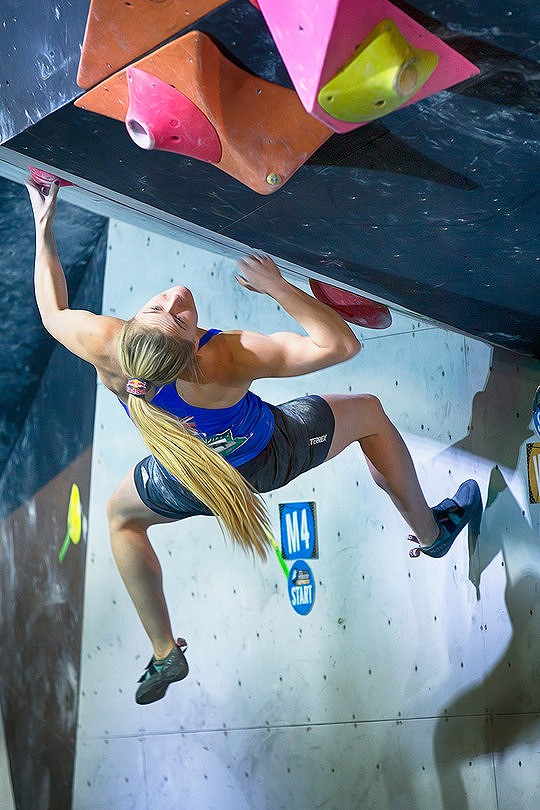
Britain's Shauna Coxsey defended her Bouldering World Cup title from 2016. Kilian Fischhuber says that Shauna Coxsey is the proof that "the assumption that 'success can be trained for' isn't only true in Lead. She surprises me again and again." During the 2017 season, it often became apparent that Garnbret will soon take over in Bouldering. Neumann thinks, that this won't be the only change: "Once the three Japanese girls from the Youth B category [Futaba Ito, Ai Mori, and Natsuki Tanii, ed.] compete, none of the current favourites will be able to keep their pace, except for Janja." Futaba Ito will be old enough to compete in the senior category in 2018. Neumann considers all three to be the promise for future: "Their spatial perception and their mobility is amazing. The genie is out of the bottle since the Youth Worlds in Innsbruck."
Kilian Fischhuber says that Janja Garnbret stands out in bouldering because of her attitude. "She is the high-risk climber par excellence. She boulders as though there were no tomorrow. Some of her falls are extremely risky. Her success could be over if she gets hurt." Neumann made an interesting observation: "It's called 'crossing midline'. All the issues arise from the fact that the right side of the brain operates the left side of the brain, and the other way around. When you move your right hand to your left side, that is stressful for your brain. If someone throws you a ball, you won't be able to catch it as well as if your right hand is on the right side. When you look at the decisions, and why Janja climbed some problems and the others didn't, it often comes down to stuff like that. Janja often rotates around the long axis of her body. If a hold only allows one direction in which to pull, Janja turns her entire body into exactly this position, where she can optimally pull on that hold." What is more important than teaching skills like this to athletes, according to Neumann, is the atmosphere in which they train. "For some reason, the Slovenians and Stasa Gejo are very self-confident. The crucial thing is to make sure that the girls are not afraid to make mistakes. In many countries, that is a big problem."
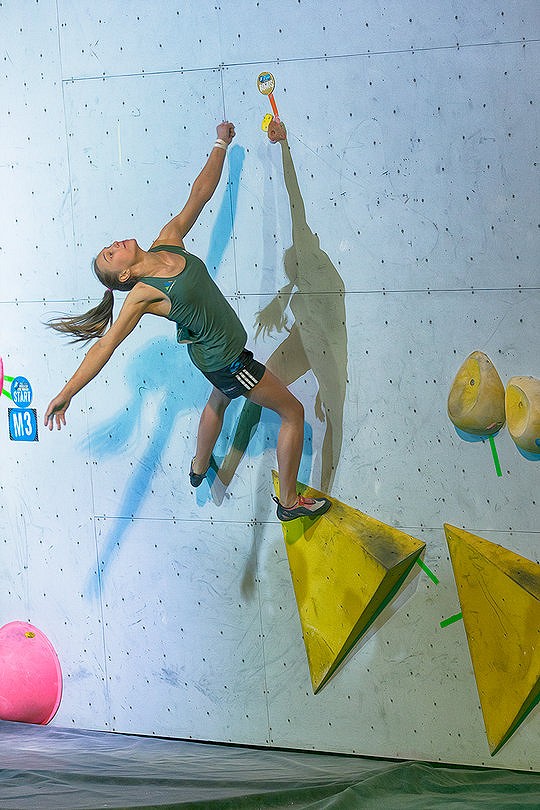
Garnbret did not win the European Championships or the World Games in bouldering. The young Serbian Stasa Gejo took both titles. She showed her best performances when it mattered and made no mistakes. "She reminds me of Jan [Hojer]. She is very smart and has a lot of confidence in herself. In addition, her body can handle training very well and her size is an advantage as well. But most importantly, her personality traits are top notch. She is very mature and reflective, much more reflective than you are when you have an authoritarian coach. Until a certain age, girls are often at the mercy of an authority. But if you have the feeling that you are the master of your fate: that is extremely helpful!"
Neumann compares bouldering to skateboarding in the '70s, when new tricks were invented continuously: "If you stay away for two weeks, the caravan has moved on." The most successful boulderer of all times, Anna Stöhr, couldn't keep up this year. "Anna isn't a worse climber than before, but don't underestimate the following situation: you are 10 years old, have all the energy there is, can watch your idols on YouTube and analyse them and imitate them in the bouldering gym. That wasn't possible before. Anna's unique characteristics are not unique anymore."
The sport is moving towards the Olympic games in big steps. Kilian Fischhuber considers this year's premiere of the Olympic format at the Youth World Championships a milestone, "but that doesn't mean that it's something positive", he adds. "You know what it looks like on paper, but what it's really like only emerges afterwards. In the combined, the routesetting is even more important than before. Moreover, the general rehearsal showed how boring the whole thing is."
On the one hand, many aspects become more and more professional, whilst on the other hand, some of the basics get lost. One victim on the "road to Tokyo" were the 2017 Bouldering European Championships. The competition was held together with a World Cup in Munich. "If you neglect the grassroots, everything stands on an unstable basis", says Fischhuber, and warns: "The International Federation has a lot of opportunities to make more mistakes."

Innsbruck, Austria
September 6th-16th
Kletterzentrum Innsbruck and Olympiaworld Innsbruck

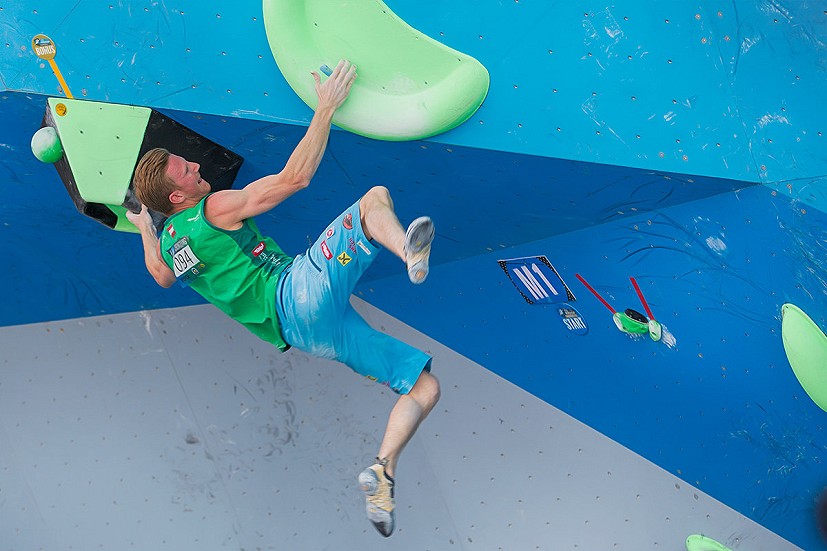
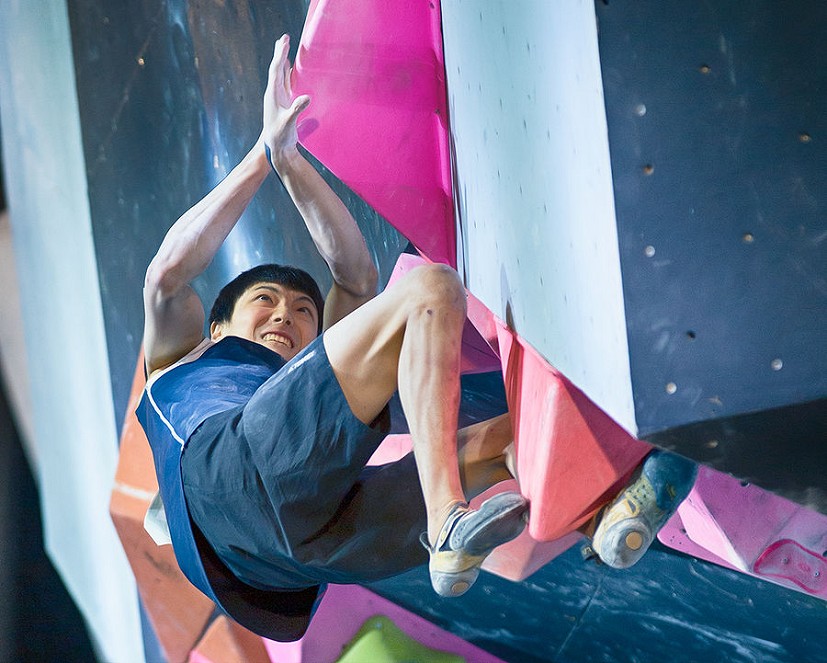



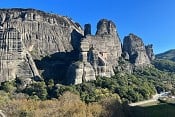

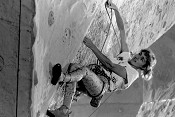








Comments